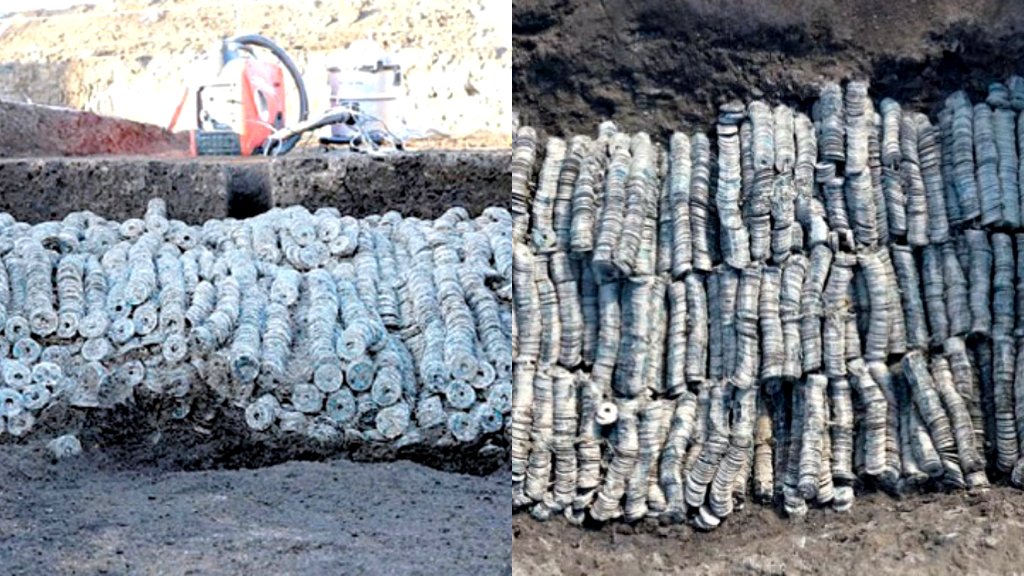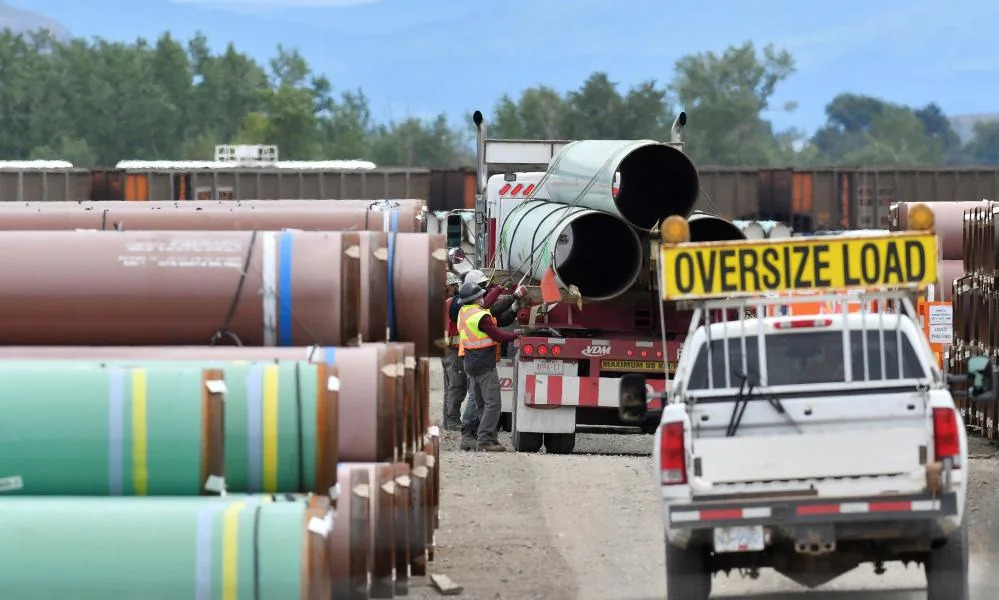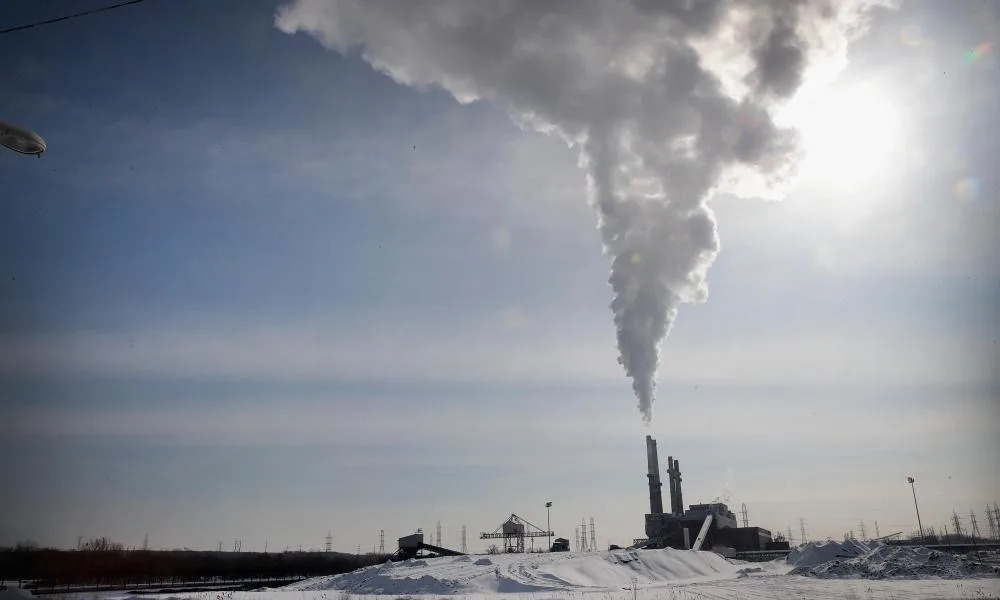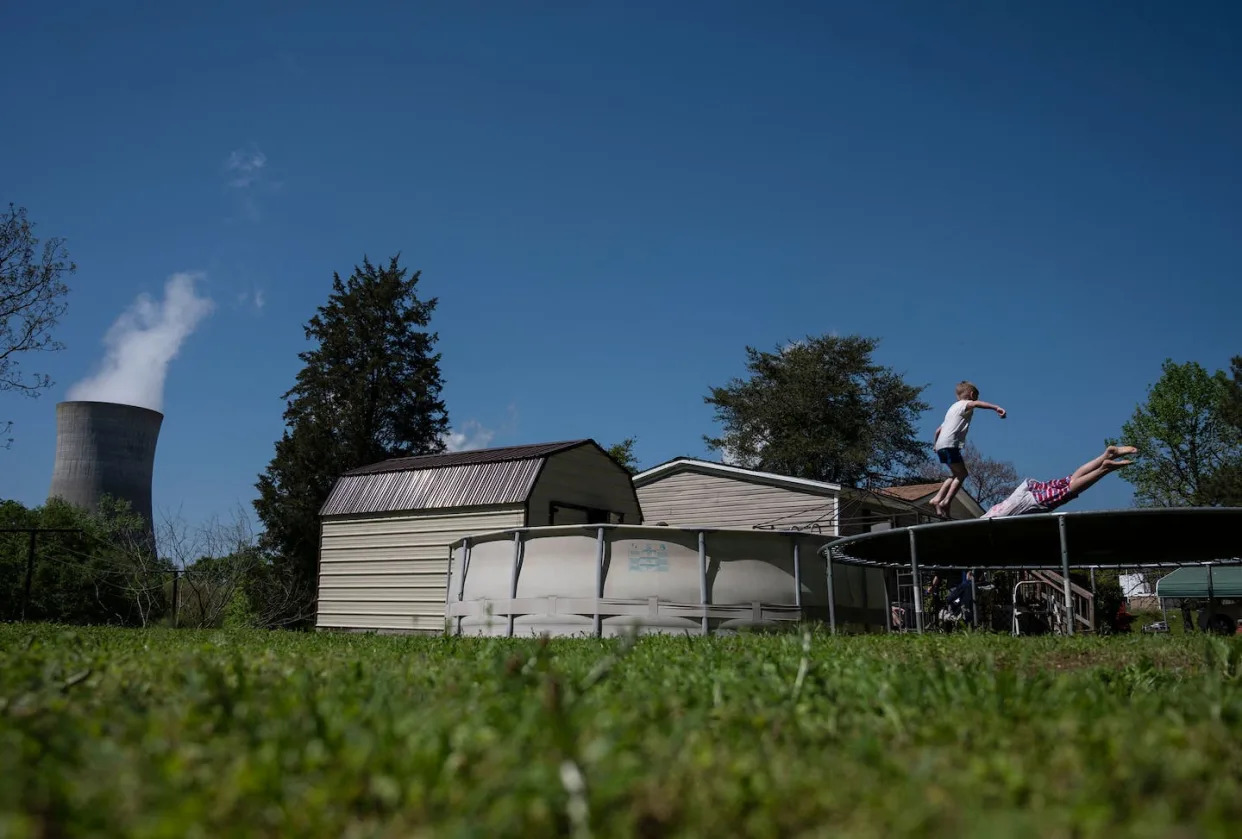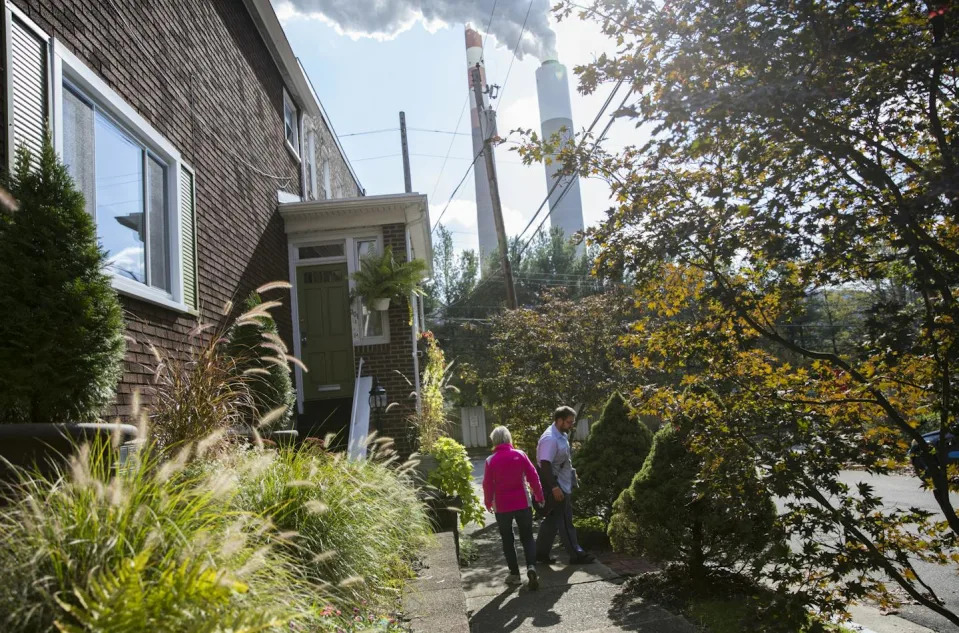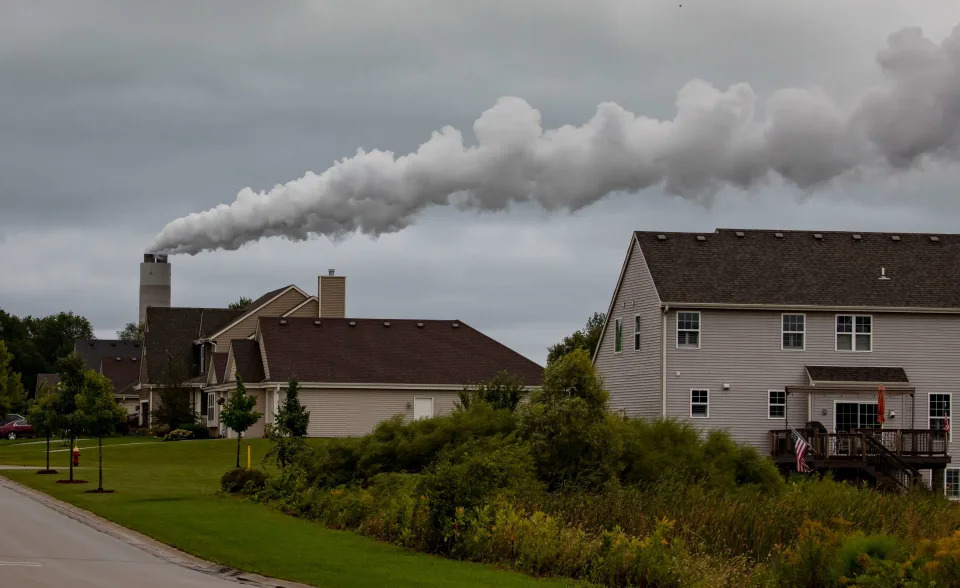Tom Porter
Thu, November 23, 2023

During the Cold War, the US had the capacity to fight two wars simultaneously.
Amid rising global conflict, US military planning is again under scrutiny.
An analyst told Business Insider that US had shifted its doctrine in response to new threats.
At the summit of US power, the Pentagon had a clear task: ensure the US could fight and win against two adversaries at the same time.
That strategy enabled America to deter the Soviet Union and its allies and emerge triumphant from the decades-long Cold War. It then fought in Afghanistan and Iraq simultaneously in the wake of the 9/11 attacks.
But a recent proliferation in threats facing the US, ranging from terror groups to a resurgent China, has prompted a rethink.

US Army 3rd Division 3-7 Bradley fighting vehicles took up a position along a road on March 19, 2003, inside the demilitarized zone between Kuwait and Iraq.Scott Nelson
After the collapse of the Soviet Union in 1991, the US cut its military spending with the world seemingly headed toward a new era of stability.
The Pentagon retained the ability to battle two adversaries at once, a capacity tested after the 9/11 terror attacks when the US invaded Afghanistan and Iraq in a bid to reshape the region and reduce the threat of Islamist militants.
But toward the end of the 2000s, the US faced daunting new threats, and Pentagon officials began redrawing their plans.
The threat from China and Russia

Chinese soldiers practice marching in formation ahead of military parade to celebrate the 70th anniversary of the founding of the People's Republic of China ON September 25, 2019 in Beijing, China.Pool
Now, the Pentagon faces the possibility of war with resurgent major powers Russia and China which can deploy huge militaries and sophisticated weapons.
Over the past decade, both have signaled their hostility to the US' global dominance, and their willingness to extend their power by force, with Russia waging a campaign to conquer US ally Ukraine and China menacing Taiwan with invasion.
They've made the prospect of the US triumphing in two simultaneous conflicts increasingly improbable, unless it massively increases its defense spending and expands its military, Raphael Cohen, an analyst with the RAND Corporation think tank told BI.
"That's going to be a hard sell in this political climate," said Cohen.
"Fighting two wars simultaneously: That's a fairly sizable commitment, particularly once powers become on the scale of China or Russia," he continued.
A new doctrine
The US military had been stretched when fighting at the same time in Afghanistan and Iraq. It prompted a 2009 rethink of US military doctrine under President Barack Obama that was rubber-stamped by then-President Donald Trump and later President Joe Biden.
Instead of winning two wars, it's now committed to being able to win against one major adversary such as China, and to present a serious deterrent to attacks from other enemies, Cohen said.
The Pentagon's 2022 US National Defense Strategy, the most recent, commits the US to being able to "prevail in conflict" yet still "deter opportunistic aggression elsewhere."
In planning for the possibility of a new world war, the US must look at the global picture.
The US has long relied on its enemies being divided, and unlikely to join forces to attack the US simultaneously.
But China, Russia, Iran, and other US adversaries are drawing closer together, sharing weapons technology and drawing up new alliances, magnifying their threat.
In a worst-case scenario in which various nation-state adversaries of the US attacked simultaneously, the US would likely be fighting alongside its allies in various regions.
European allies could help to push back Russia, allies in the Middle East, such as Israel or some Arab states, would fight against Iran, while US allies in the Pacific region, such as Australia and Japan, would likely play an important role in repelling Chinese aggression, said Cohen.
The Ukraine war is providing important new lessons to the US in what it and its allies need to do to prepare for this scenario, said Cohen.
For example, both Russia and Ukraine have burned through vast amounts of ammunition in the conflict, highlighting the need for the US to increase defense industrial capacities to support allies.
"That's still an expensive proposition," but one less expensive than vastly expanding the US military, said Cohen.
Planning to counter today's threats, said Cohen, comes down not just to military might, but to political will and the careful cultivation of alliances.
"If there's a World War, you know, it won't be the sort of single-handed conflicts that we've sort of gotten used to," he said.
